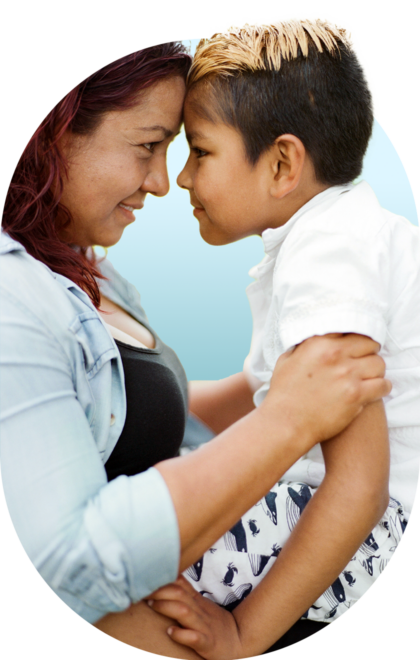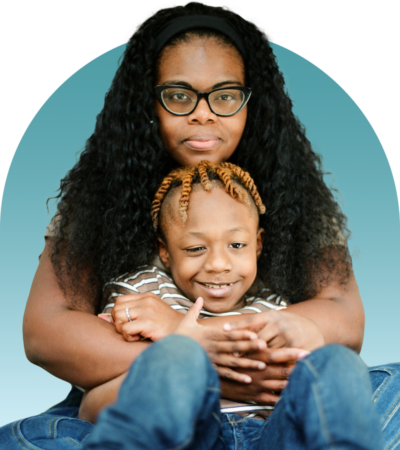Long-term Effects
Survivors of pediatric brain tumors reach a major milestone when they finish treatment, but they also start a new journey with a whole new set of emotional and sometimes medical challenges.
Emotions After Treatment Ends
The first days, weeks, and months after treatment can cause all kinds of emotions. Relief and joy that treatment is over may be mixed with fear and worry. Survivors may worry that the tumor will come back now that treatment has stopped. They may feel like they’ve lost their purpose since they aren’t going to the clinic or hospital every few days or weeks. They may also feel lonely because they don’t see all the people they’ve been seeing for so long at the hospital or clinic.
Research shows that many childhood brain cancer survivors have a long-lasting feeling of uncertainty about the future. This feeling can be made worse by scans and tests to see if the tumor has come back and all the follow-up visits survivors have with their doctors.
On the one hand, these scans and visits can help survivors feel safer because someone is watching over them. On the other hand, they can make survivors worry.
It’s a good idea for follow-up care to include both medical care and a checkup on how well the survivor is navigating their emotions and the people in their lives.
Effects from Treatment
Some cancer treatments may cause problems even after treatment is over, sometimes months or years later. These delayed problems are called late effects or long-term effects.
The long-term effects of brain tumor treatment for each survivor will depend on the type of brain tumor they had and the treatment they got. That makes it important for survivors and caregivers to know as much as possible about the type of tumor the survivor had, where in the brain or spinal cord the tumor was located, what surgery was done, and if they have a VP (ventriculoperitoneal) shunt, a tube placed by a brain surgeon that allows extra fluid to flow out of the brain and down into the abdomen.
It’s also important to know as much as possible about the treatments the survivor received. This includes whether radiation was proton or photon radiation, how much radiation the survivor got, what area received radiation, and the names and total amount of drugs the survivor received.
Learn more about long-term effects:



